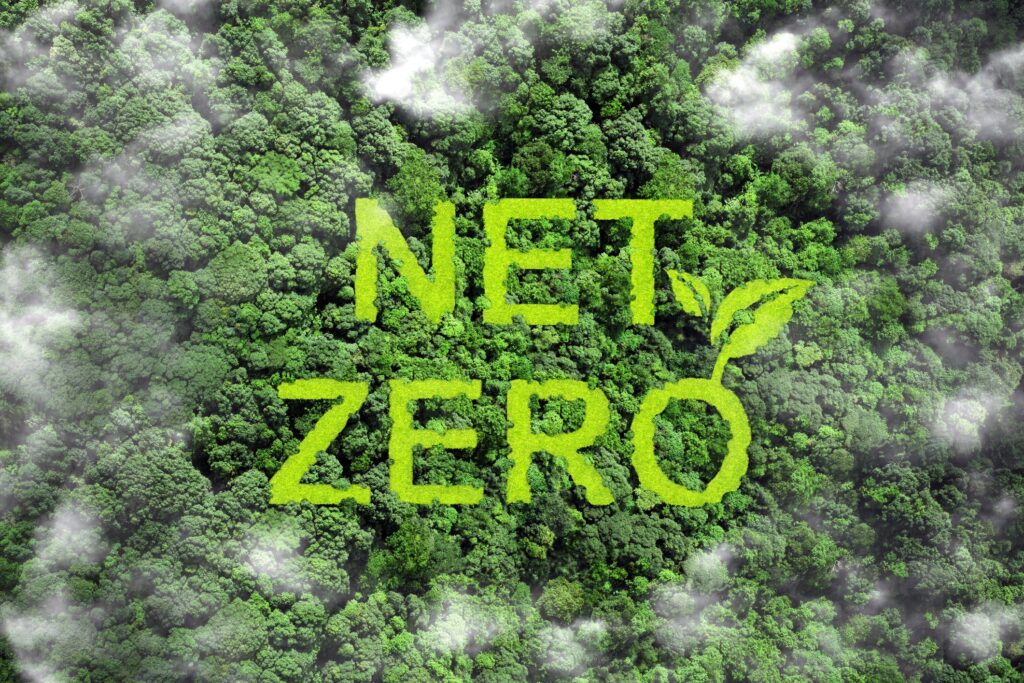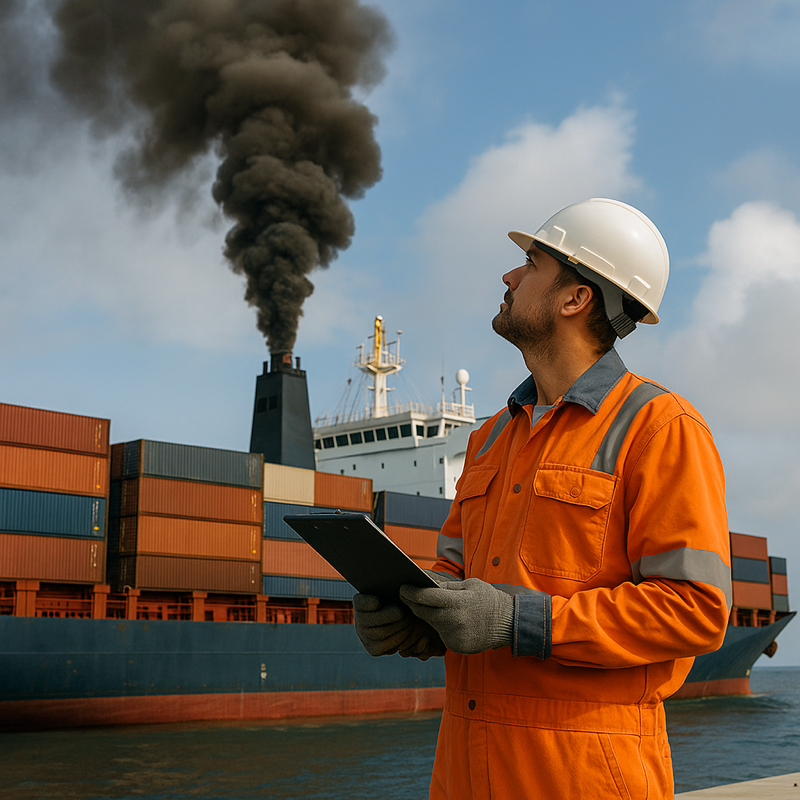If you ask a customer at the store what they think sustainability looks like for the products on the shelves, their answer will probably include sustainably sourced, recyclable materials or environmentally friendly packaging. But the majority of what goes into getting the product on the shelf is not visible to the consumer, and in fact, approximately 75% of a business’s carbon footprint comes from value chain activity that it does not directly their own. In other words, for many businesses, it would be nearly impossible to create sustainable products without also building a sustainable supply chain.
Most aspects of the supply chain might be hidden from sight, but businesses are called to measure and mitigate carbon emissions from the entire value chain. By following three steps, businesses can set themselves up to address their sustainability goals most effectively.
Supply Chain Sustainability: An Imperative in a Changing Industry
Decades ago, businesses had nowhere near the level of granular data, visibility, and control over their supply chains as they do today. With increased customer expectations for speed and flexibility, businesses and their supply chain partners have evolved to get their goods to shelves faster and cheaper, but until recently, no one was also measuring the environmental impacts.
Now, everyone from business executives to consumers to regulators is becoming aware of the need for supply chain sustainability. Customers are willing to pay more for sustainable products. Companies in the transportation sector are under progressively strict emissions standards to help supply chains across the globe reduce carbon emissions — through energy-efficient design and operation, cleaner technologies, sustainable fuels, and more.
Overall, a major shift is currently underway, which means businesses must take a thorough approach to supply chain sustainability and carefully weigh every opportunity to reduce their carbon emissions.
3 Steps Toward Supply Chain Sustainability
For many, getting started is the most difficult part. That’s why we recommend three steps to help businesses get on the right path.
Step 1: Measure and Assess Your Current Impact
Just as awareness is the first step toward change, measurement and assessment is the first step toward sustainability. However, measuring supply chain carbon emissions can be like answering the question, “How many windows are in New York City?” That is, to even begin to approach the answer effectively, you need to work methodically.
This is where it’s necessary to lean on an established framework for carbon emissions measurement. The GLEC (Global Logistics Emissions Council) framework was created by the Smart Freight Centre to guide the implementation of ISO 14083 (“Quantification and reporting of greenhouse gas emissions arising from transport chain operations”) and ensure consistent emissions calculation. It fully details how businesses should calculate emissions for each leg of the supply chain and any mode of transportation. By following this framework, businesses can gain a baseline understanding of their carbon footprint to use for decision-making and tracking progress.
Step 2: Implement Sustainable Practices and Mitigation Strategies
Next, businesses must analyze their numbers and determine where to focus their supply chain decarbonization efforts. There may be pieces of the chain that are simpler to change than others, and if these changes can significantly reduce emissions, that might be the best place to begin. Businesses can explore collaboration opportunities with their current suppliers to effect change that improves both companies’ carbon footprints. If there are areas where changes cannot be made quickly, for example, due to contracts with current partners, businesses should research as much as they can now and ensure the decision-making process is ready to support their sustainability goals.
As for specific strategies, businesses have a range of options that might include route optimization, efficient load planning, and intermodal shipping. Businesses can also participate in low-carbon fuel initiatives or alternative fuel credits. A “book and claim” system is built on a chain-of-custody model, which means businesses can support sustainable fuel in the transportation sector even without being the ones to actually transport loads using that fuel. Lastly, businesses also have the option to offset their remaining emissions by investing in verified carbon-offsetting projects.
Step 3: Monitor, Report, and Continuously Improve
Now, initial decisions have been made, but the process is not over. Building a sustainable supply chain is a continuous process involving regular monitoring, reporting, and reassessment. Businesses should have a mindset of always striving for improvement, just as the world continues to innovate and develop better solutions.
Meet Your Guide on the Sustainability Journey: Greenabl
What is more important than having a perfect action plan is having an action plan and calculations and beginning to make progress. Fortunately, Greenabl is the expert at guiding businesses on this journey, giving them clarity to achieve meaningful, measurable improvements. From customizable dashboards for carbon emissions data to finding certified carbon offsetting programs with Gold Standard and VERRA ratings, Greenabl connects businesses to the resources they need.
Take the first step toward sustainability and contact Greenabl today.


